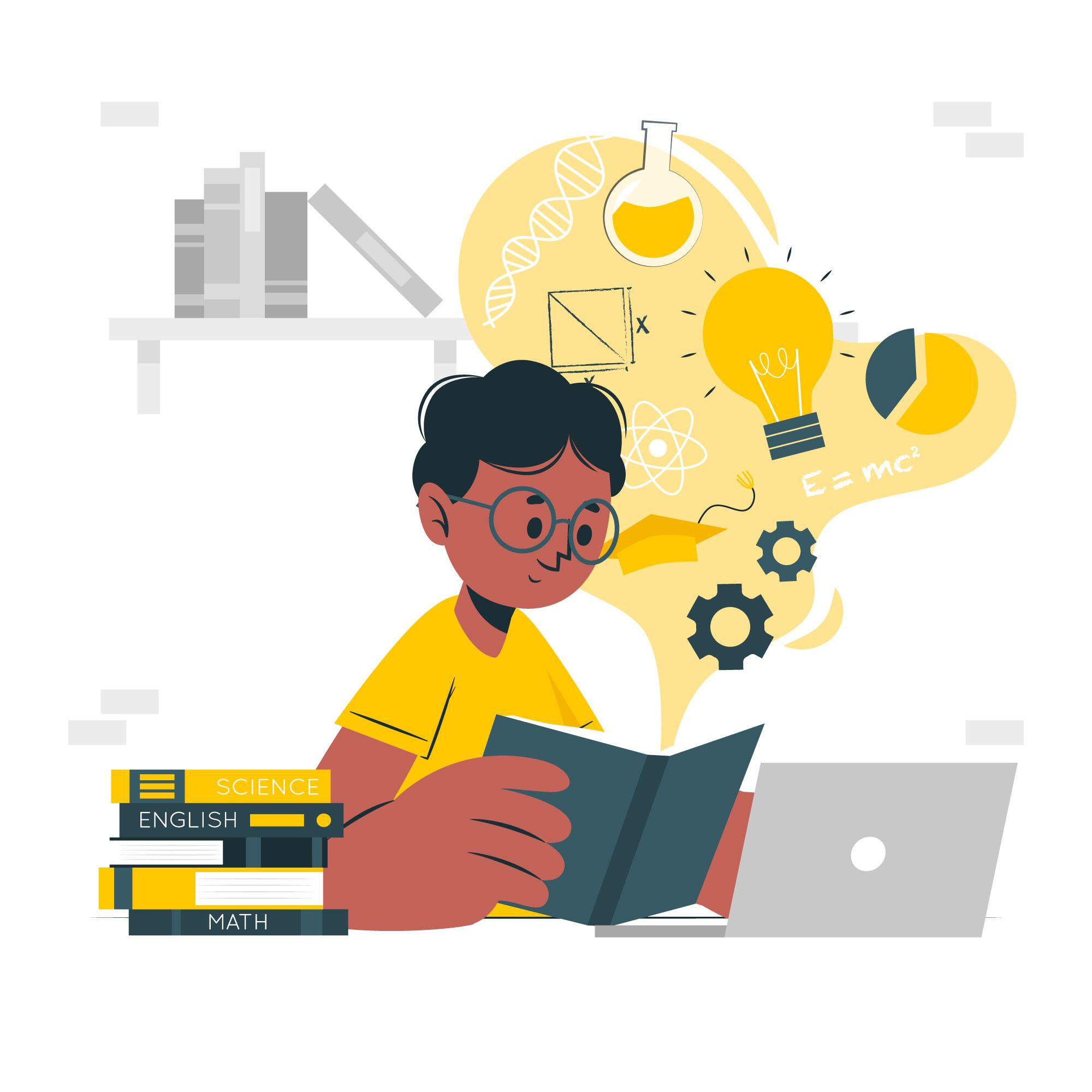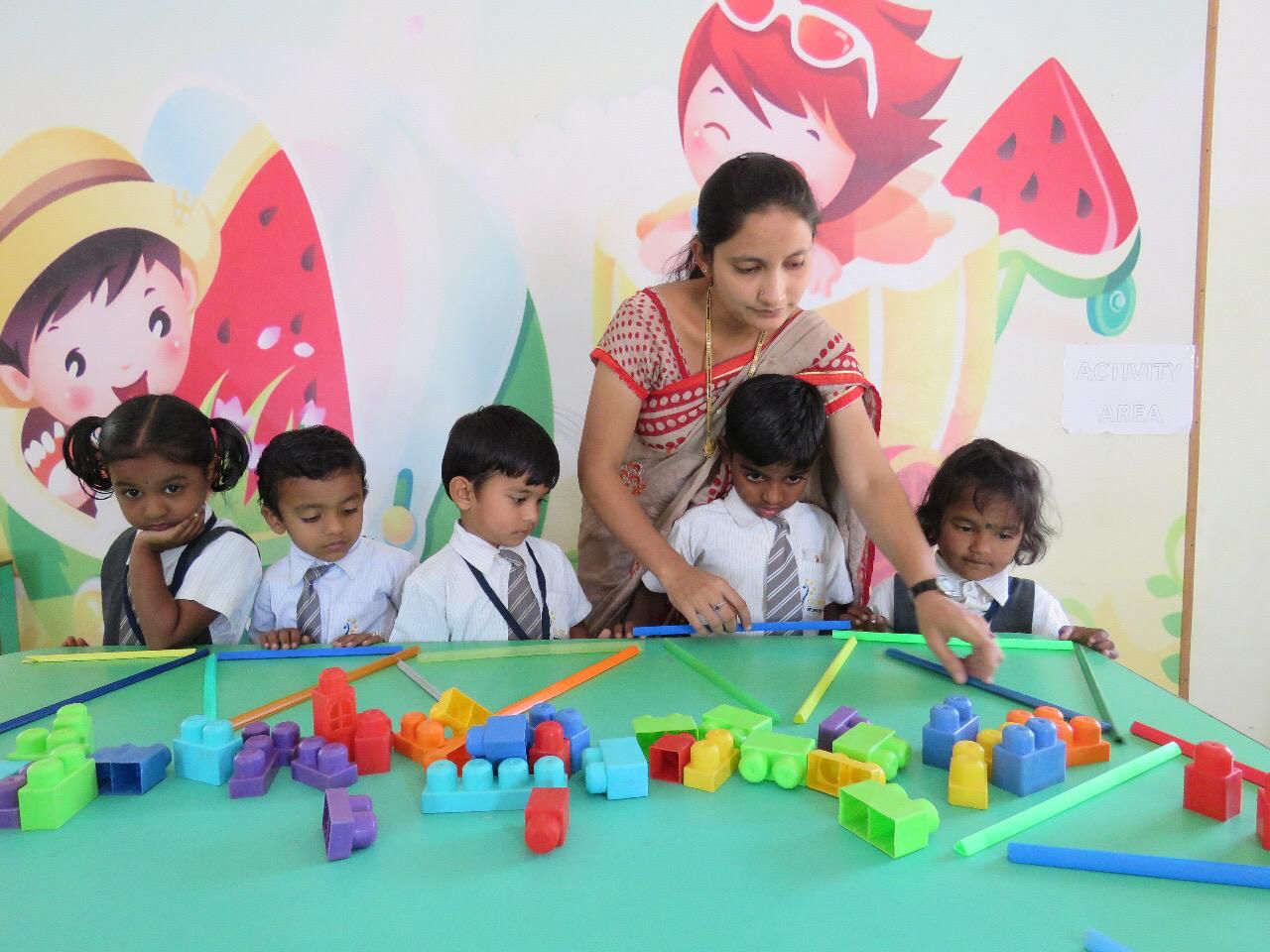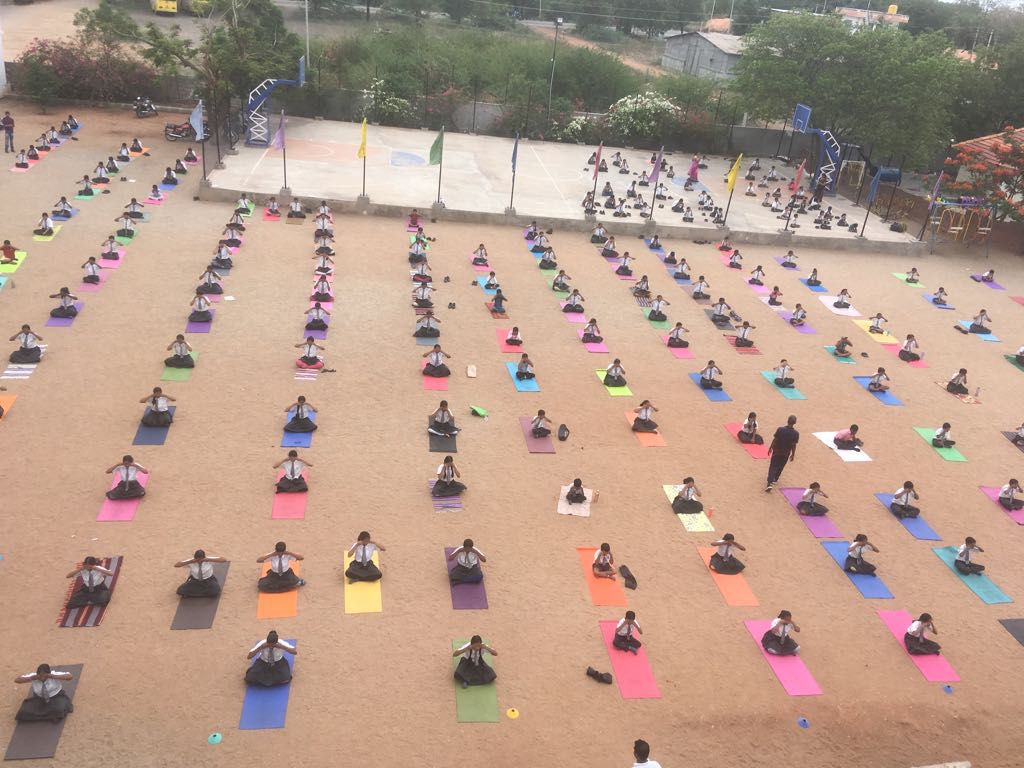ACADEMICS
Pre-Primary School PREP, PREP 1, PREP 2
The GIS Early Childhood Curriculum Within safe and secure spaces, GIS Early Childhood Centre provides an environment that encourages the natural curiosity and fearless sense of inquiry of children between the ages of 3 and 6. The program fosters exploration and investigation using a variety of resources, in order for children to learn about themselves, other people, and the world around them. They are given opportunities to inquire, learn and play through reading, writing, art, construction, and imaginative and investigative play, both inside the classroom and outdoors.


Primary School 1 – 3
Secondary School 7 – 10

FACILITIES

ART CENTER
One of the objectives of education is to inculcate in children, an appreciation of beauty and to help them develop a sense of aesthetics. A lot of emphases is placed on the Fine as well as the Performing Arts. In primary school, compulsory exposure is given to art and craft, music and dance, dramatics, etc. In Middle school, each student chooses one or two areas to develop expertise, and skilled guidance is provided on a regular basis.
Modules are taught using a variety of teaching and learning methods, including lectures, seminars, and workshops. Students are often expected to prepare material for presentations in seminars. In practical projects, students carry out practical artwork which functions as a basis for research into art, craft, and design education. Students are provided with study packs for independent study modules.
In addition to painting, sketching, and regular craftwork, students are exposed to a variety of media. Emphasis is placed on making “the best from waste” by using old boxes, sheets, beads, plastic bottles, used fax, toilet paper rolls, etc. Students will receive instruction in Fine Arts from 1 through Grade 10.
The art department at GIS is structured to initiate students in a multitude of expressionist media including pencils, pastels, crayons, clay, and plaster.
Performing Arts
The performing arts are an important aspect of music and dance and are a method of enhancing music literacy and appreciation. Our final goal is to create a well-rounded, thoughtful, and independent music maker, dance choreographer, painter, etc. The fine arts section is more than experiential, hence we offer opportunities to create, recreate and appreciate satisfying musical, dance, or painting expression. Dance and Drama help children develop their personalities, gain self-confidence and improve communication skills. Children develop fluency in movements and actions and learn to express themselves emphatically, and in a creative manner.
Children learn singing as well as playing simple musical instruments right from primary school, helping them to appreciate a mix of Indian and Western music. In secondary school, activities are divided into two broad categories- performing and aesthetics. Students are encouraged to develop their talents by choosing anyone in each group, keeping in mind their interests and innate potential. Professionals are appointed to hone their talents further.

Bus Facilities

SPORTS

library

LABORATORIES
Rules and regulations
Transfer/Leaving Certificate
- You are required to submit the transfer/leaving Certificate from the previous school within 15days of his/her joining the school, failing which the principal will have the right to cancel the admission.
- In case of non- submission of the Transfer/Leaving Certificate for whatsoever reason and your ward is not allowed to appear for the board examination, you will not hold the school responsible for the same.
- Transfer Certificate is to be submitted to the school within a month or at least by 15th july, to register the child in CBSE curriculum. Any default in non submission, will endanger the child CBSE registration and school will not take responsibility
Fees
- You are to deposit the TEAM 1 fees completely on or before June 20th and Term 2 fees by OCT 20th.
- There will be no refund of fees if the ward is withdrawn from the school for whatsoever reason.
- In case your ward is withdrawn in the middle of the academic year, for whatsoever reason, you will pay the full fee for the entire academic year.
- Any delay in payment of fees will entail 10% interest per annum
- First two academic year the school fee will be increased by rs 2000
Leave
- Leave will not be sanctioned during the examinationPeriod.
- No leave will be granted to student unless you apply for it directly to the principal, at least 7days in advance.
- As per the school policy, leave for child is restricted for very important occasion for a maximum of 5days . Any repeated leave and long leaves and consequent failures and poor performance of the student shall not hold the school responsibility
Discipline
- If your ward leaves the school campus without permission, the school authorities may lodge an F.I.R with the local police station and you will have no right to question and rasie objections to this action. The school will not be responsible for any mishap in such circumstances. your ward maybe considered for re-admission only after satisfactory explanation in writing from me and your ward, for leaving the campus and after paying a fine of Rs 5000. Re-admission of your ward will be at the discreation of the Principal and MD
- The Students is liable for removal from the school for
1.Immorality
2.Grave insubordination
3.Stealing or Extortion of money/items from the other students
4. Contempt of authority
5.Bullying , Assaulting and ragging in any form
6.Using unfair means in any examination
7.Using of any word or action like to damage/undermine the reputation of the institution
8.Consistent unsatisfactory Progress
9.Conduct harmful to other students
10.Breaking bounds
11.Damaging school Property
12.Non Payment of school dues
13.The student will not be given an cash. Any money required for the student will be sent to the school office.
14.Moblie phones are not allowed
15.Video ipods, any ipods with screen/PSPs are not allowed
16.No valuables like gold chains, rings, transisters, personal stereo systems etc are to be given to the student and that the school does not take any responsibility for the loss any such valuables. no types of cellphones (moblies) are to be given to the students. Any cellphones (Moblies) given to/found with the student will be confiscated and a fine of Rs 10000 will be imposed
17.Any disciplinary action taken against my child by the school will be binding on me and i will not represent against such action.
Telephone
- Parents may call the ward/children once in a week
Dress code
- Your ward will follow the dress code of the school, which is as under
1.Tight and transparent outfits are not allowed
2.Dress sense should be based on comfort, appropriateness and tastefulness of choice, rather than trends of fashion
3.Girls are not allowed to wear sleeveless, spaghetti tops, transparent and tight T-shirts
4.Cloths and T-shirts with risque prints or symbols are not allowed
5.Children will only wear the uniform/shoes approved by the school
General
- During july and august, parents must avoid visiting the school in order to help the ward/children to settle down in the new environment and make friends and cultivate feelings of the school being a “home away from home”.
- The parents should avoid visiting the ward/children during the months of key stage and examinations
- Promotion to next higher class is not automatic and that promotion is granted at the end of the annual examination only in accordance with the school promotion policy
- I also accept the changes made from the time in the policies of the school by the management
- Parents are requested to obtain receipts for the original TRANSFER CERTIFICATE, MARKS SHEE from GIS ADMIN OFFICE
- If and when the students do not report to the school on the due date after vacation or sanctioned leave, parents must accompany the students to the school and meet the principal/MD
Issue of Transfer certificate
- If the parents desire to discontinue the child studies in this school for the next academic session, its mandatory for the parents to apply in writing to the school latest by 15th MARCH
- Any letter od such intension which is received after the above mentioned dates will entails payment of registration fees for the next academic year as per the school Policy
